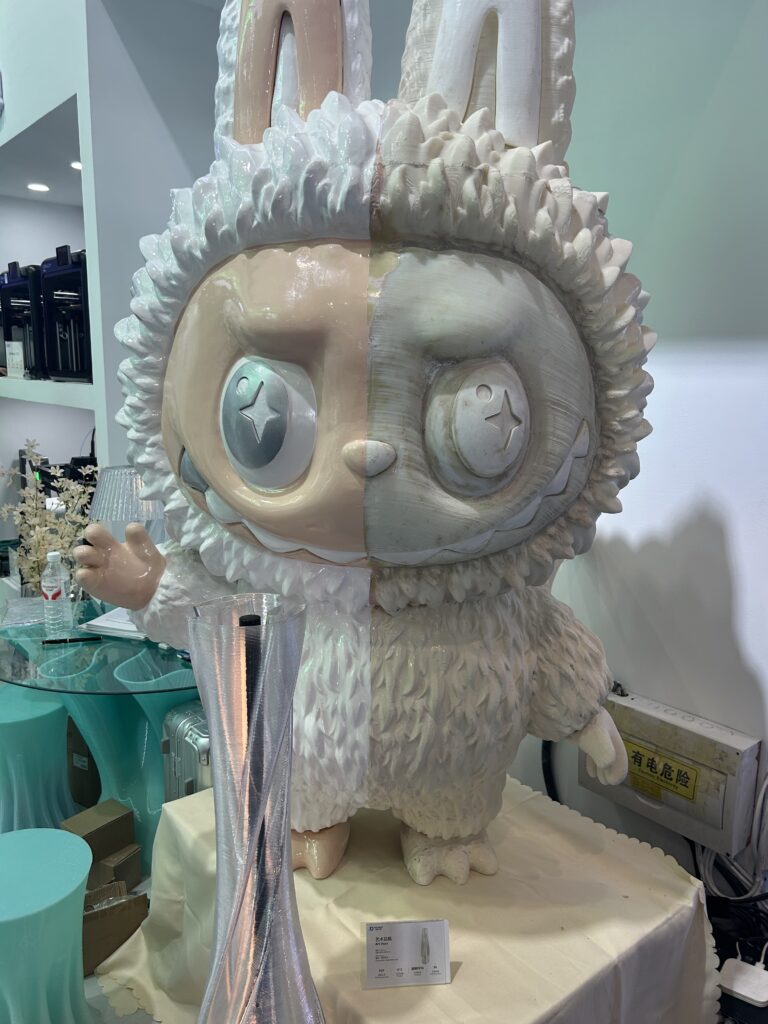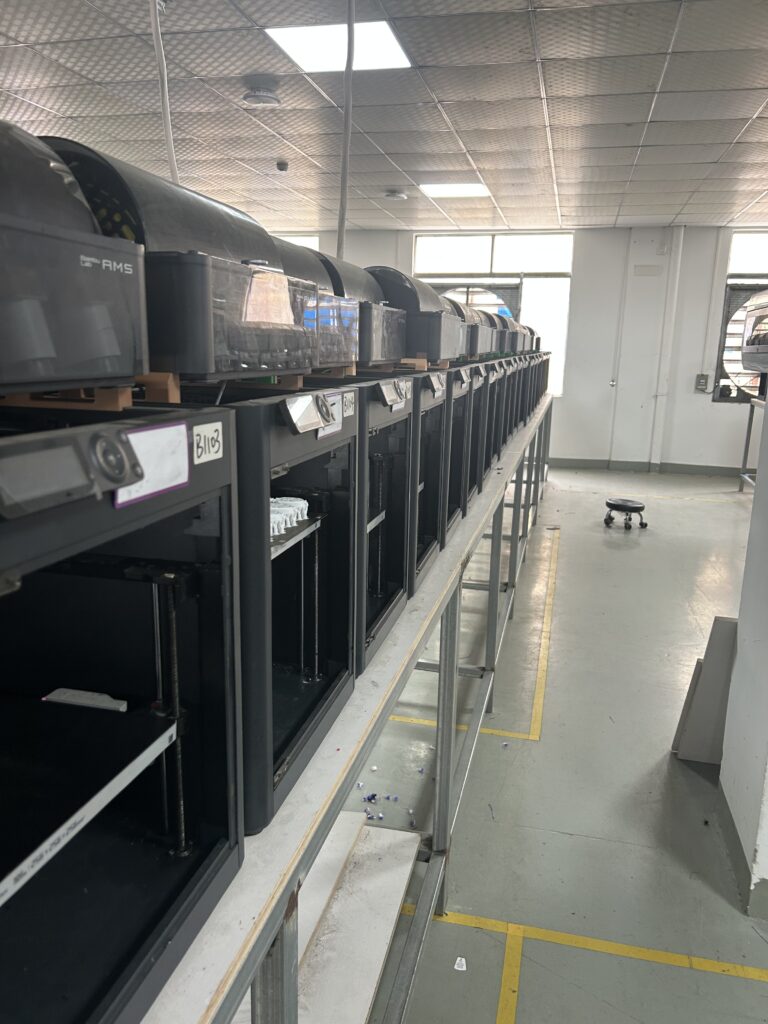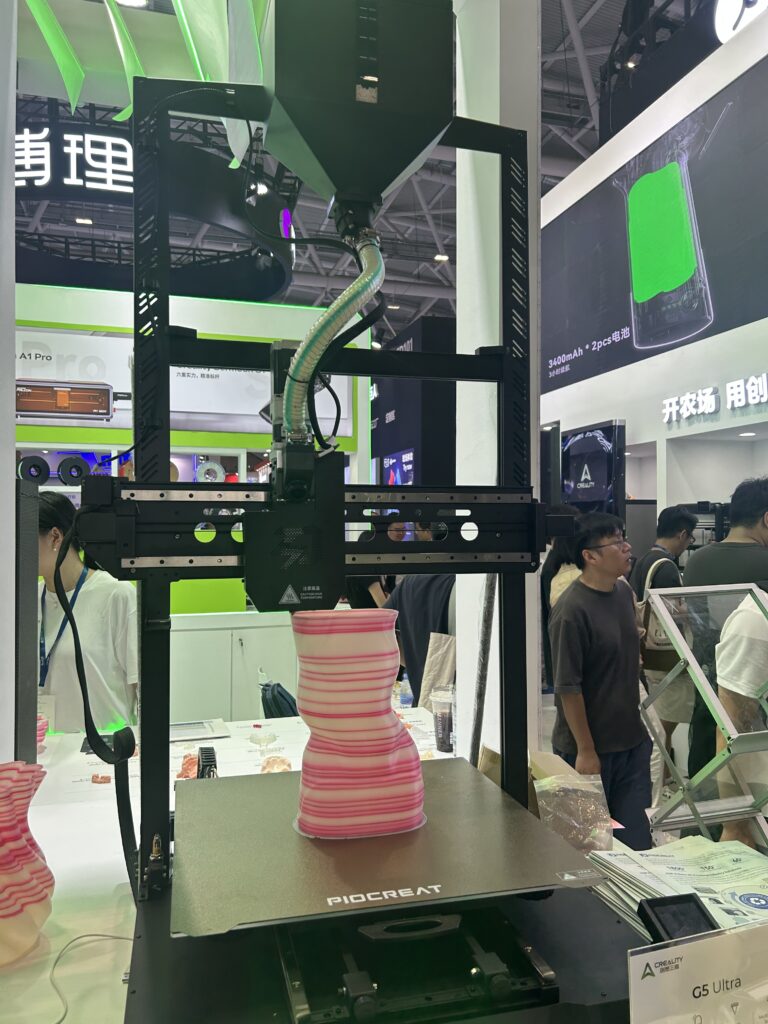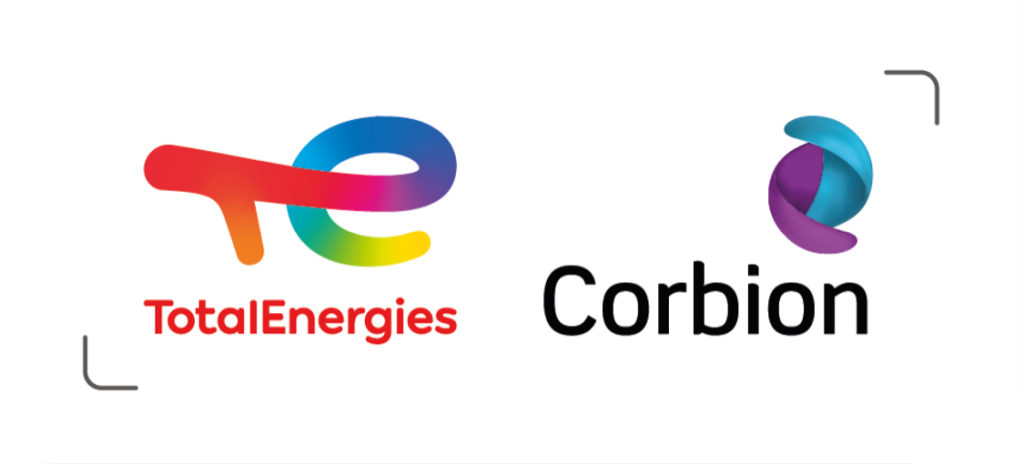By Seda Cantekin
The 3D printing industry is growing at an incredible pace, and one of the clearest trends is the rise of printing farms—large-scale operations capable of producing parts quickly, efficiently, and at scale. These farms are shaping the future of additive manufacturing, especially in China, where their presence is expanding rapidly.
I saw this trend firsthand at Formnext Shenzen, where a full day of the program was dedicated to printing farms. Hearing directly from owners, researchers, and commercial experts underlined how central they are becoming in the 3D printing landscape.
Why PLA is the #1 Material for Printing Farms?
Among all materials available for 3D printing, PLA (polylactic acid) continues to stand out as the preferred choice for both professionals and large-scale operations. Its unique properties make it particularly attractive for printing farms:
- Easy and reliable to print
- Excellent surface quality
- Wide colorability and design flexibility
- Suitable for complex geometries and varied shapes
While other materials such as PETG and TPU also have important roles, PLA remains unmatched for versatility and user-friendliness.
Luminy®: Trusted by Industry Leaders
Within the PLA category, Luminy® PLA has become the go-to choice for the world’s leading filament producers and printing farms. Its advantages are clear:
- Excellent filament diameter stability
- Strong shelf life performance
- Premium end-article surface quality
These properties ensure that Luminy® consistently delivers reliable results—an essential factor for large-scale printing operations that need to maintain quality across thousands of prints.
Beyond FDM: The Rise of FGF
Most 3D printing today uses FDM (Fused Deposition Modeling), where filament spools are fed into the printer. But a new technology is gaining momentum: FGF (Fused Granulate Fabrication). FGF allows direct printing from pellets rather than filament, opening the door to larger builds, reduced costs, and new industrial-scale applications. The versatility of Luminy® PLA shines here as well: it is perfectly suited for both FDM and FGF technologies, offering flexibility across the full spectrum of 3D printing methods.
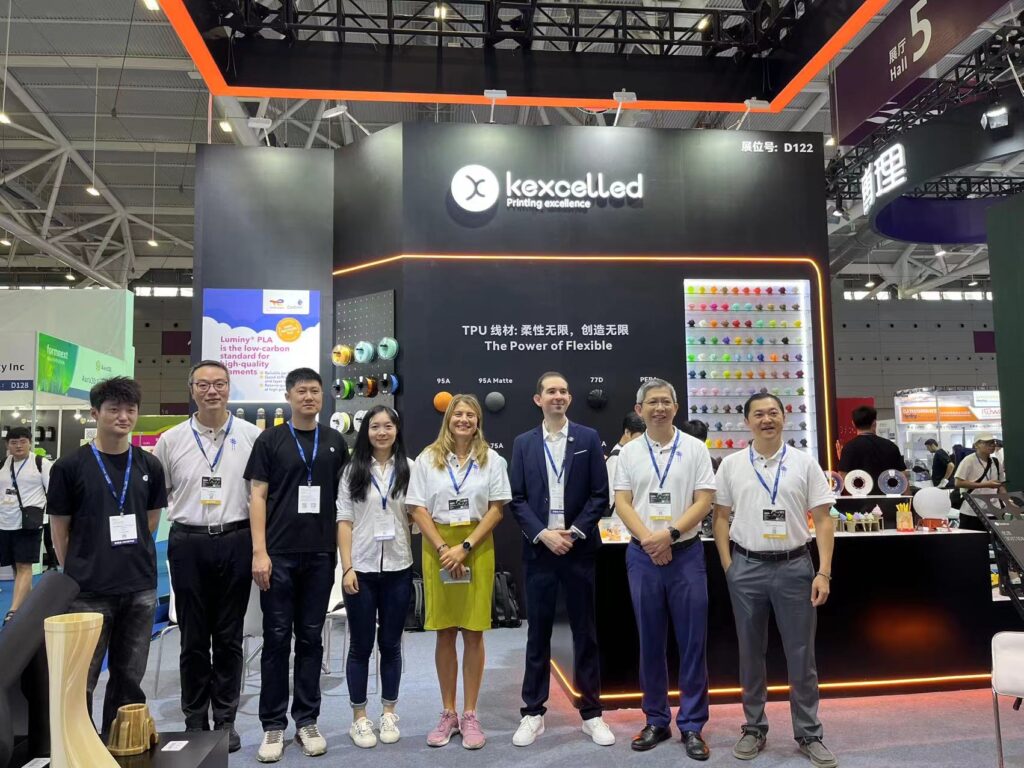
Driving Sustainable Innovation Globally
With innovation hubs in both Europe and China, we work closely with customers to co-create tailor-made solutions that meet the fast-changing needs of the 3D printing industry. Whether for small, intricate prototypes or large-scale industrial applications, Luminy® provides the performance and reliability that manufacturers demand.
What sets Luminy® apart is not only its performance but also its sustainability profile. Certified 100% biobased, recyclable, and industrially compostable, Luminy® enables printing farms and manufacturers to reduce their carbon footprint while delivering high-quality results. Compared to fossil-based plastics, Luminy® reduces greenhouse gas emissions by up to 85%—a clear advantage for companies seeking both innovation and responsibility.
By choosing Luminy®, printing farms can proudly position themselves at the intersection of cutting-edge technology and environmental stewardship.
Looking ahead
What I learned at Formnext Shenzen confirmed how vital PLA and Luminy® are in shaping the next chapter of additive manufacturing—from printing farms today to applications in automotive, medical, and even large-scale construction tomorrow.
I look forward to continuing these conversations and meeting everyone interested in pushing 3D printing forward at the next show. Let’s explore together how Luminy® can help make your printing experience more efficient, sustainable, and future-ready.
— Seda Cantekin is Global Market Segment Leader at TotalEnergies Corbion. She is an experienced Market Development Specialist with a demonstrated history of working in the chemicals industry. Responsible for brandowner engagement she thrives on innovation and sustainability.
